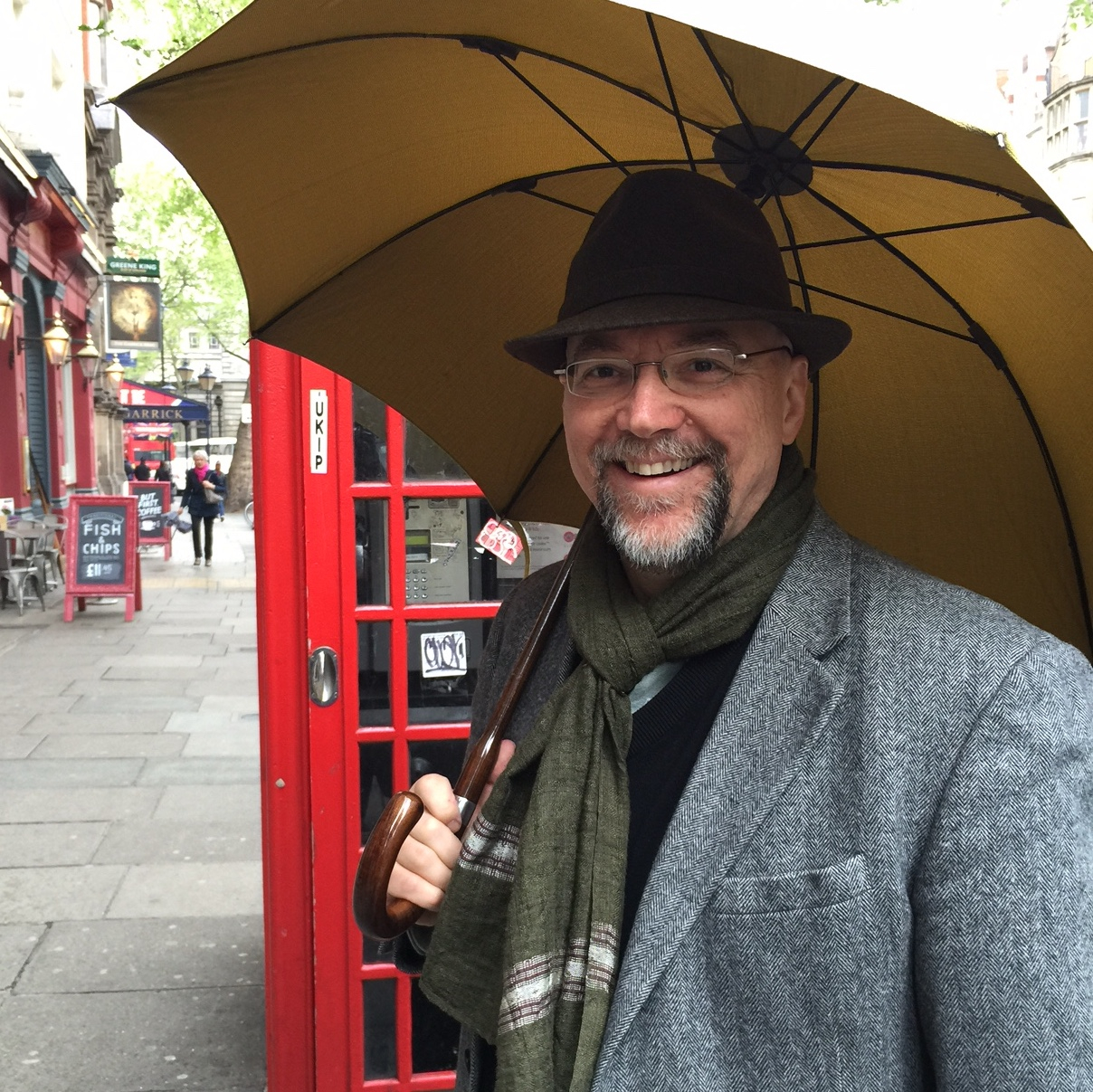
W. Lloyd Williams
The business essays of W. Lloyd Williams, founder of The Mastermind Group and Trade Like A Pro course, who spends his time roaming for life.
By registering you agree to Substack's Terms of Service, our Privacy Policy, and our Information Collection Notice